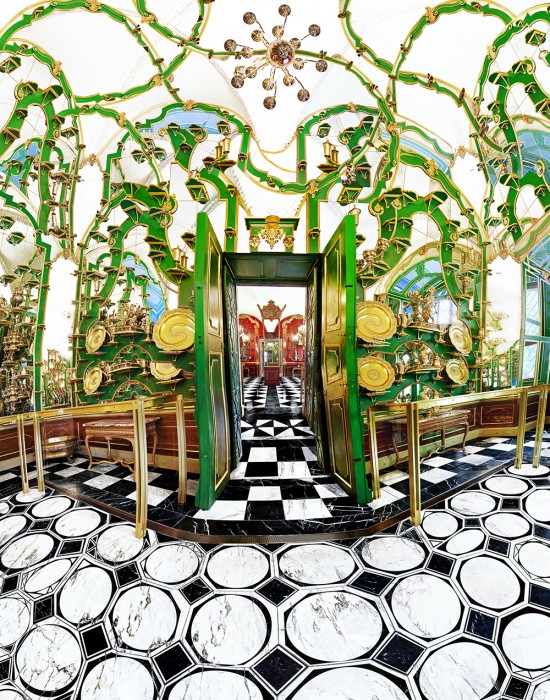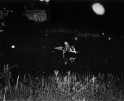Raïssa Venables: States Project: Vermont
Raïssa Venables is the only artist that I have chosen who I do not know personally, I hope to change that in the coming year. When I knew that I would be working on this series for Lenscratch, I reached out to a number of curators throughout the state for their lists of important Vermont photographers and her name came up again and again. As soon as I looked at her website, I knew that I had to include her in my edit. Her exploration and abstraction of the architecture of the everyday, especially in her project Clearing Space, really speaks to me and is reminiscent of the paintings and collages of David Hockney (which is a big compliment).
Raïssa was born in New Paltz, NY. She earned her BFA in photography and ceramic sculpture from the Kansas City Art Institute in 1999, a MFA from the Milton Avery Graduate School of the Arts at Bard College in 2002, and her Masters in Digital Photography from the School of Visual Arts in 2010.
Raïssa’s photography has been the subject of numerous solo exhibitions at such art institutions as the Jersey City Museum, the Roswell Art Museum and in Kunstvereinenthroughout Germany. Her work has also been part of many group exhibitions at museums including the Nelson-Atkins Museum, Kunsthalle Emden, Villa Merkel, the Marta Herford Museum and the Frankfurt Städel Museum. She has been granted artist-in-residencies at the Lower Manhattan Cultural Council and the Roswell-Artist-In-Residence. Hatje Cantz Publishers released a monograph of Raïssa’s photographs in 2006 and British American Tobacco Germany awarded her an exhibition and book of her work in 2010.
Raïssa is represented by Galerie Wagner + Partner in Berlin and Galerie Rothamel in Frankfurt. She currently works and lives with her family in beautiful Ferrisburgh, Vermont.
More about Raïssa’s work:
My photographs are experiential visions of our environments, whether they are interior or exterior, mundane or opulent. At first glance they may seem to be realistic images or even entrances into existing places. A print of a life-size staircase hangs on the wall as if the viewer could actually ascend beyond its luminous surface and up into the space. Upon further investigation, a surreal and magical narrative unfolds with unpredictable nuances, distortions, twists and turns, all without a human presence.These visceral, large-scale images are composed through a process that requires numerous photographs of each place. Rooms seem to be turned inside out. An illusion of movement is created from the use of multiple vanishing points. Assumptions of reality are disrupted, creating a realm where inanimate objects seem alive. The result is both an architectural puzzle and a landscape of the mind.
Inspired by Andalusian architecture, which incorporates optical illusions, excessive decorations and cutout negative spaces to lessen its connection to the material world, my newer works make use of white areas to aerate the photograph. Rather than reveal every visible detail captured by my camera, I delete what I perceive to be distractions. In these images, the white space is not only the result of selectively removing color and matter in an effort to transcend the quotidian; it also is the visual effect of my removing excess information. This process, along with a new focus on organic spaces, is my response to the over-saturation of electronically communicated information in our society. Paradoxically, the white is both the absence of data and the presence of new meaning.
Posts on Lenscratch may not be reproduced without the permission of the Lenscratch staff and the photographer.
Recommended
-
Jake Corcoran in Conversation With Douglas BreaultAugust 10th, 2025
-
Smith Galtney in Conversation with Douglas BreaultDecember 3rd, 2024
-
Jordan Eagles in Conversation with Douglas BreaultDecember 2nd, 2024
-
Interview with Peah Guilmoth: The Search for Beauty and EscapeFebruary 23rd, 2024
-
In Conversation with Cig Harvey: Beauty, Books, and InstallationFebruary 21st, 2024































































